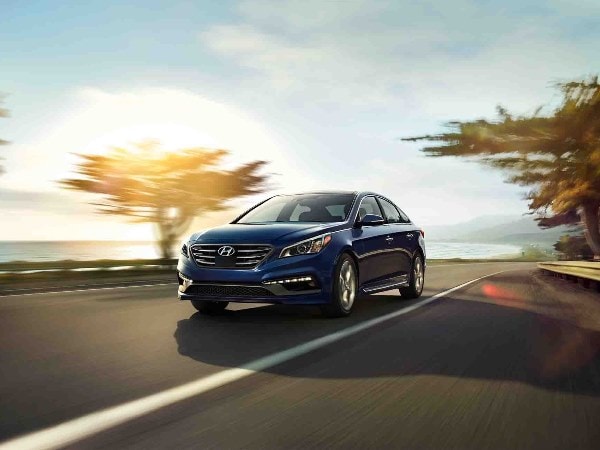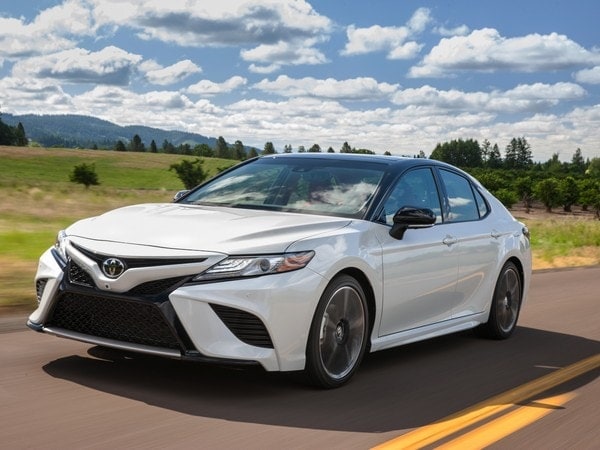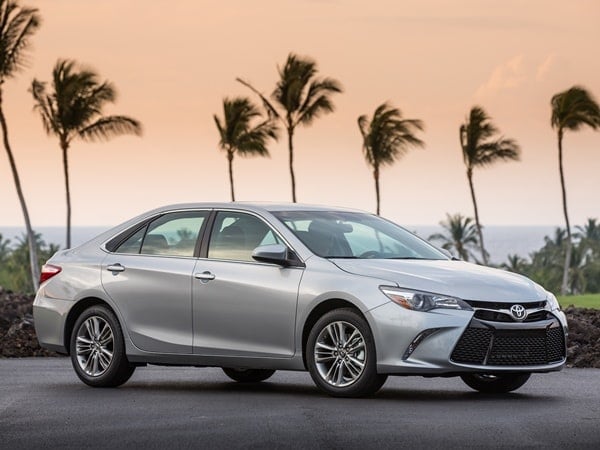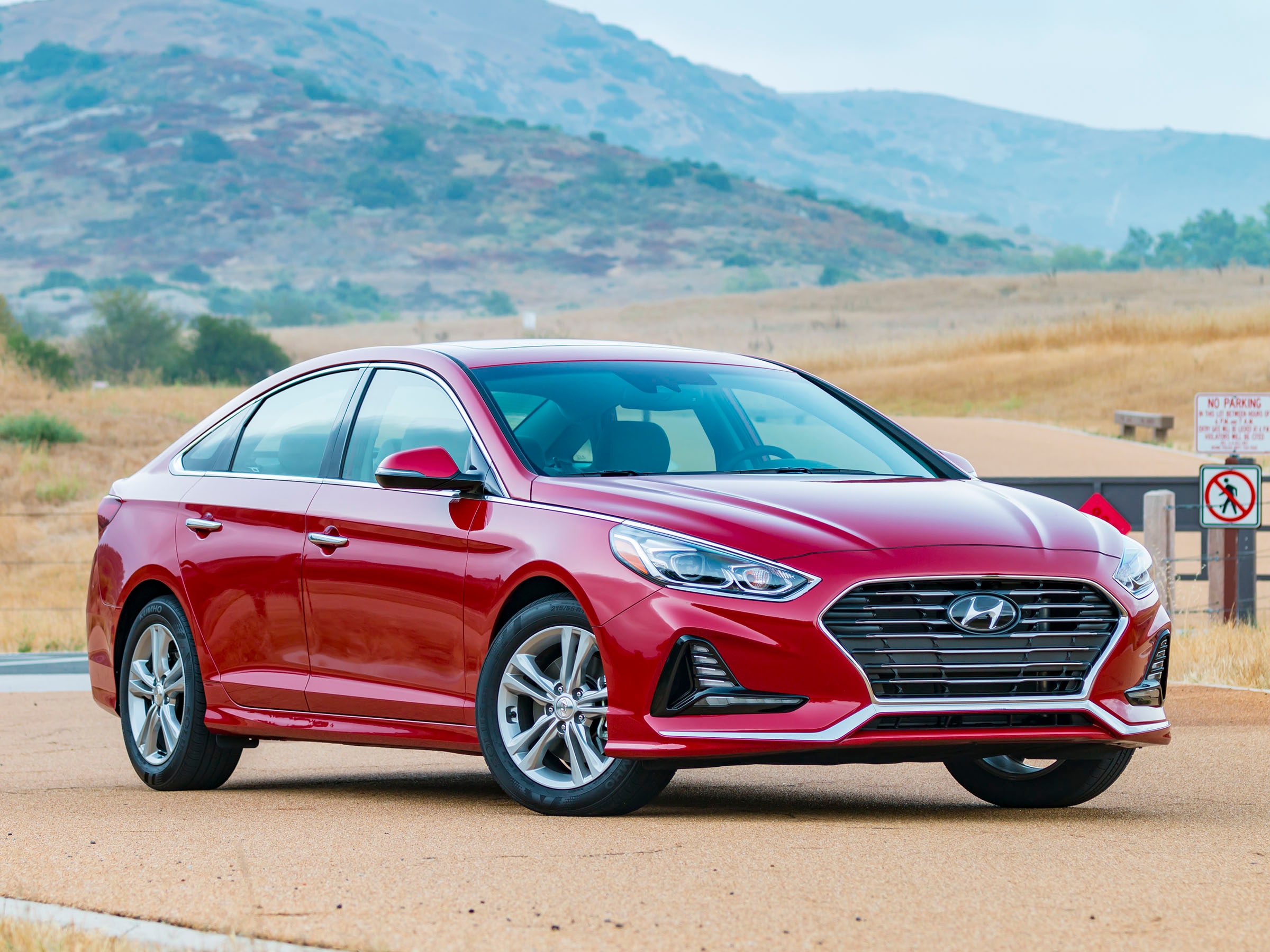Texas motorists are getting relief from financial companies in the wake of Hurricane Harvey, with lenders offering breaks on repayments of loans and lease payments. Similar help with these financial obligations were first tried out after Hurricane Katrina 12 years ago.
Between 300,000 and 500,000 vehicles may have been lost in the storm, which dumped record amounts of rain on Southeast Texas, according to estimates from Cox Automotive, parent company of Kelley Blue Book. Captive finance arms of major manufacturers including American Honda Financial, GM Financial, Ford Motor Credit, Hyundai Capital America, FCA and Kia have all announced programs for their borrowers. Similar relief is coming from banks with major auto credit portfolios such as Bank of America, Chase, Santander and Wells Fargo. Most of it is in the form of reducing or stopping collections activity, waiving or refunding late fees, offering loan extensions and lease payment deferrals.
“We know customers in the areas hit hardest by Hurricane Harvey may need some assistance such as a little more time making payments, or may need help setting up online billing or getting their billing statements temporarily routed elsewhere,” Anna Sampang, vice president of service operations strategy at Toyota Financial Services, told Reuters. If you are in an affected area, check with your lender or lessor to see if any of these breaks apply to your situation.
More: After Hurricane Harvey: How to spot flood-damaged cars
Other makers are starting to offer incentives on replacement vehicles. These rebates are above other applicable incentives and range from $750 at Hyundai, Kia and Mitsubishi up to $1,000 at GM. In addition, GM is offering a 90-day deferment of the first payment on new vehicles. The automaker is also moving used vehicle inventory from other areas not affected by the storm to provide rental and loaner transportation for owners of damaged vehicles.
Labor Day sales crank up
This weekend could prove to be a big one for auto sales as makers crank up their Labor Day sales events at a time when overall industry volume is moderating. There’s been an aggressive run up in both rebates and lease deals as manufacturers look to clear out the 2017 models, especially those that are being replaced by all-new or significantly refreshed 2018 models.
In particular, Hyundai is offering up to $6,750 on 2017 Sonatas as the new 2018 models filter in to dealerships. Similarly, Toyota is offering a $189 per month 3-year lease on 2017 Camry SE models (or up to $3,500 off and 0-percent if financed through Toyota). A similar lease on the all-new 2018 Camry is $289 or $100 per month more. Both require $1,999 at signing.
Industry sales continued their second month of sluggishness, further depressed by Hurricane Harvey. August sales were down nearly 2 percent, although GM and Toyota posted respective gains of 7.5 and 6.8 percent. GM’s strong sales were fueled in part by fleet orders, and the increase helped push down inventories that had become bloated. The industry is now looking at annual sales of around 16.4 million this year, down from last year’s record of 17.5 million.
Among those manufacturers seeing a decline in sales, Nissan led with a 13 percent drop, Hyundai-Kia was down 10.7 percent, FCA was off 7.5 percent and Ford saw a 2.1 percent decrease over last year.
Transaction prices hold
Despite rising incentives, average transaction prices (ATP) continue to hold firm, posting a 0.7-percent gain over last year. According to J.D. Power, the average vehicle incentive in late August was $3,856, up from $3,645 in 2016. Still, the average new vehicle retailed for $34,648, according to Kelley Blue Book data, a $243 year-over-year increase. ATP inched up 0.5 percent in August over July.
“August revealed mixed average transaction prices across the major manufacturers, although the industry average still managed to rise nearly 1 percent year-over-year,” said Tim Fleming, analyst for Kelley Blue Book. “However, we should note that this is far lower than the 2- to 3-percent gains in the first half of the year, and prices moved downward in key segments such as full-size trucks and mid-size cars. With incentives still averaging more than 10-percent of transaction prices, Kelley Blue Book sees clear signs of pressure on new-car pricing in what is the first down year of sales since the recession.”
Full-size pickups saw their average prices fall 1 percent, from $46,912 to $46,464, even though FCA’s Ram saw an increase. That drop is attributed to large discounts on Chevrolet Silverado and Nissan Titan entries. Luxury compact and full-size crossover SUVs are beginning to see prices soften as well, dropping a respective 3.5 and 3.0 percent year-over-year. Affordability may be becoming an issue, as evidenced by Chevrolet’s recent introduction of the new entry level 2018 Tahoe Custom at $44,995. The only segments to see the strongest gains were minivans (up 2 percent), entry level luxury cars (a 1.9 percent gain) and compact crossover SUVs (plus 1.5 percent).
Gas prices jump
The concentration of oil refineries in the Gulf Coast area affected by Hurricane Harvey has had an immediate impact on gasoline prices as many of the operations had to close down during the deluge. According to AAA, the national average for a gallon of regular gas rose almost 7 cents to $2.52 per gallon and even more in the flood-stricken area, rising 10 cents overnight and 21 cents over the previous week.
“There’s a worry now that most of the Texas refineries could be compromised for weeks rather than days," Tom Kloza, chief oil analyst for the Oil Price Information Service, told CNN Money. He estimated the national average could top $2.75 a gallon until these operations get back online.
It’s estimated that 30 percent of the refineries along the Gulf Coast are down or have reduced operations. A pipeline from that region to the east is partially closed down because there’s not enough oil products in the system, according to Colonial Pipeline, which helps explain the 27-cent increase in gasoline prices in North Carolina and the 29-cent rise in Georgia. In the wake of Hurricane Katrina, it took refineries in that area about six weeks to return to normal operations.
If the higher prices stick, it could depress demand for larger trucks and SUVs and spur sales of more traditional sedans and hybrids through the balance of the year.
The rundown
Check out the This Week in Car Buying Podcast here.
If you’re looking for a low cost used vehicle to add to your fleet, perhaps you should check out a pre-owned electric vehicle to meet your needs. Here’s what you need to know.
Speaking of electrics, BMW has added a performance version of its i3 electric car. Called the BMW i3s, this more spirited electric hatchback makes its debut at the Frankfurt Auto Show.
A 707-horsepower SUV? Yes, that’s what you get in the 2018 Jeep Grand Cherokee Trackhawk. We get behind the wheel in this First Review.
In the market for a new car? Explore these useful tips on how to get the best deal:
Kelley Blue Book’s Complete Guide to Incentives
All you need to know about leasing
Which dealer services are right for you?
What to look for in your next economy car











